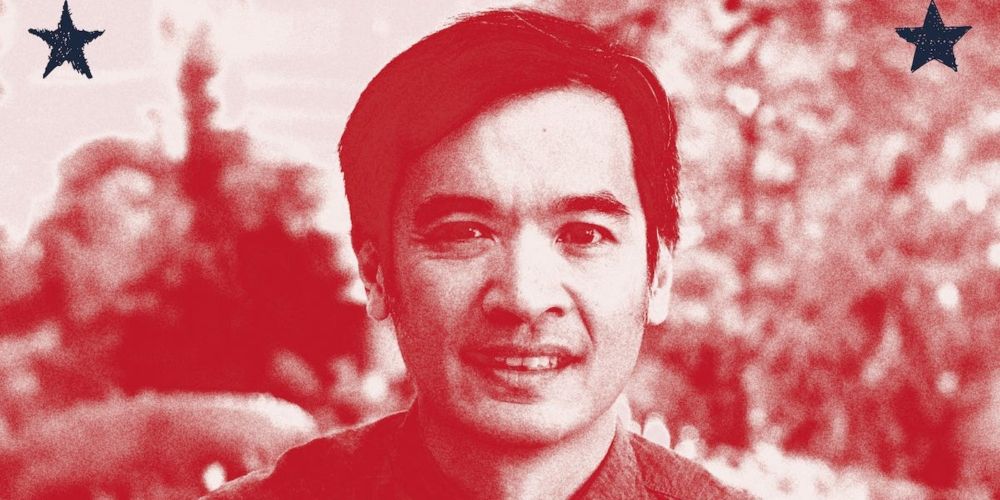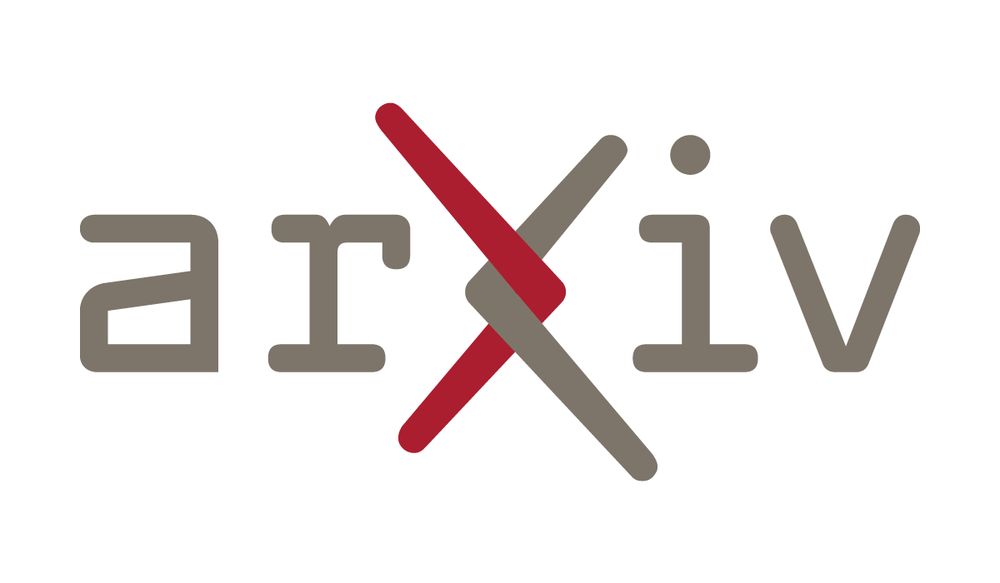
Asst prof at Baylor College of Medicine
https://www.henniglab.org/
arxiv.org/pdf/2410.03972
It started from a question I kept running into:
When do RNNs trained on the same task converge/diverge in their solutions?
🧵⬇️

arxiv.org/pdf/2410.03972
It started from a question I kept running into:
When do RNNs trained on the same task converge/diverge in their solutions?
🧵⬇️
www.frontiersin.org/journals/sys...

www.frontiersin.org/journals/sys...
Computational modeling of error patterns during reward-based learning show evidence that habit learning (value free!) supplements working memory in 7 human data sets.
rdcu.be/eQjLN

Computational modeling of error patterns during reward-based learning show evidence that habit learning (value free!) supplements working memory in 7 human data sets.
rdcu.be/eQjLN
When we learn a category, do we learn the structure of the world, or just where to draw the line? In a cross-species study, we show that humans, rats & mice adapt optimally to changing sensory statistics, yet rely on fundamentally different learning algorithms.
www.biorxiv.org/content/10.1...

When we learn a category, do we learn the structure of the world, or just where to draw the line? In a cross-species study, we show that humans, rats & mice adapt optimally to changing sensory statistics, yet rely on fundamentally different learning algorithms.
www.biorxiv.org/content/10.1...
🔗 Preorder: tinyurl.com/fzcxb5ea

🔗 Preorder: tinyurl.com/fzcxb5ea


colab.research.google.com/signup
colab.research.google.com/signup
www.nature.com/articles/s41...

www.nature.com/articles/s41...

They have twice as many neurons per brain mass than mammals, including primates.
www.pnas.org/doi/abs/10.1...

They have twice as many neurons per brain mass than mammals, including primates.
www.pnas.org/doi/abs/10.1...
Previously, we show that neural representations for control of movement are largely distinct following supervised or reinforcement learning. The latter most closely matches NHP recordings.
We used a combination of neural recordings & modelling to show that RL yields neural dynamics closer to biology, with useful continual learning properties.
www.biorxiv.org/content/10.1...

Previously, we show that neural representations for control of movement are largely distinct following supervised or reinforcement learning. The latter most closely matches NHP recordings.
www.nature.com/articles/s41...
#neuroAI

www.nature.com/articles/s41...
#neuroAI
youtu.be/ksg2ESuEMhw?...
youtu.be/ksg2ESuEMhw?...
How does the complexity of this mapping change across LLM training? How does it relate to the model’s capabilities? 🤔
Announcing our #NeurIPS2025 📄 that dives into this.
🧵below
#AIResearch #MachineLearning #LLM

How does the complexity of this mapping change across LLM training? How does it relate to the model’s capabilities? 🤔
Announcing our #NeurIPS2025 📄 that dives into this.
🧵below
#AIResearch #MachineLearning #LLM

If you're still using conda, pyenv, or... basically any other tool, then I can *highly* recommend switching:

If you're still using conda, pyenv, or... basically any other tool, then I can *highly* recommend switching:

www.nature.com/articles/s4...

www.nature.com/articles/s4...


